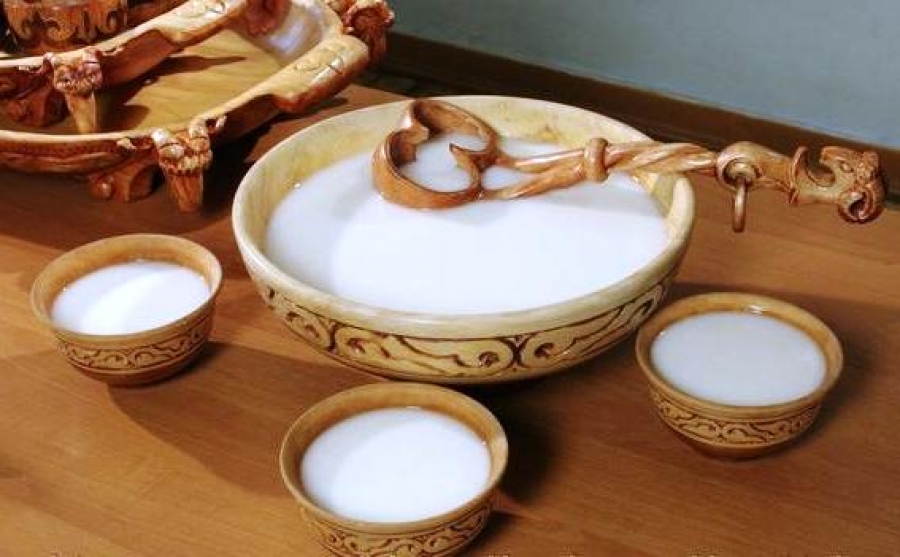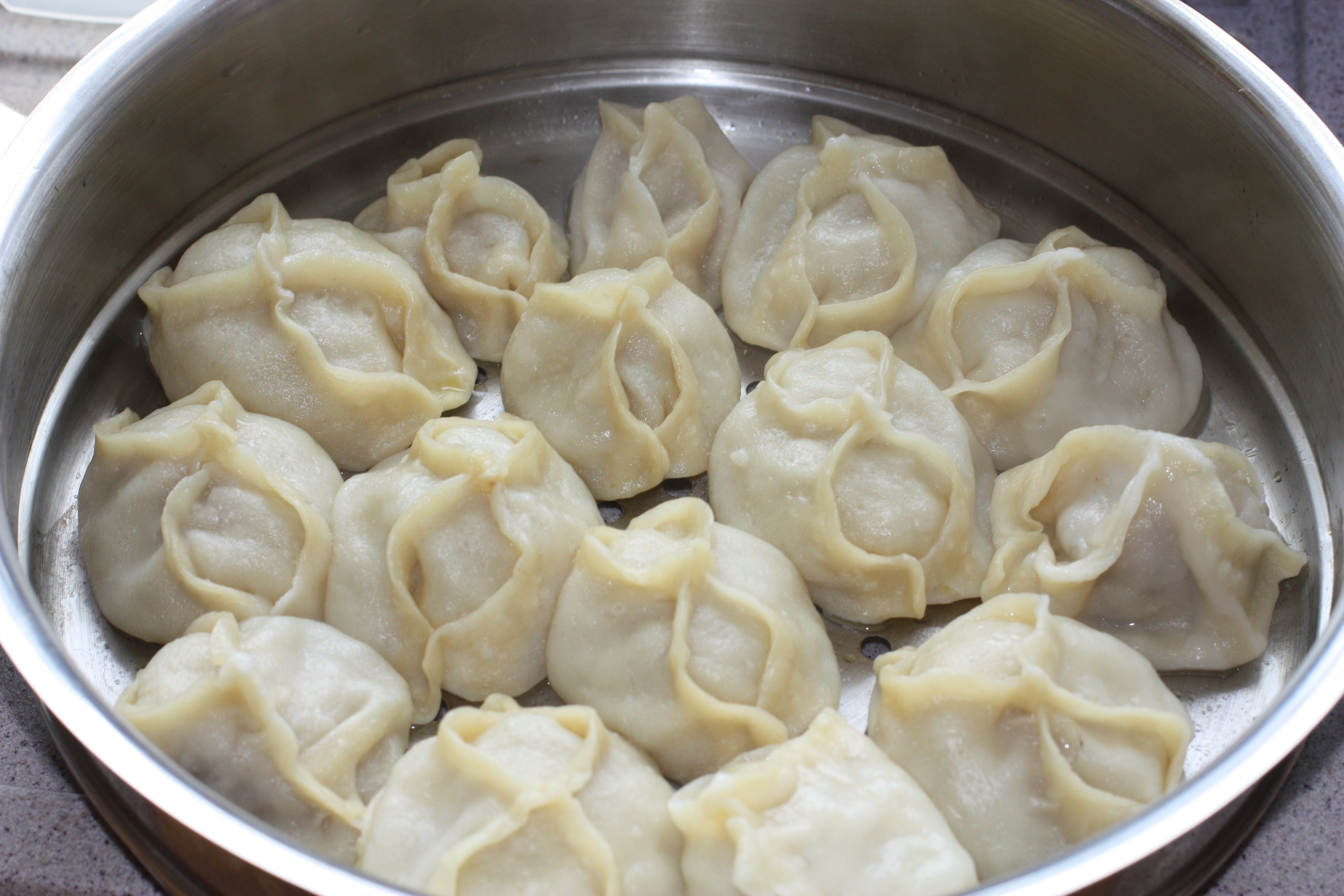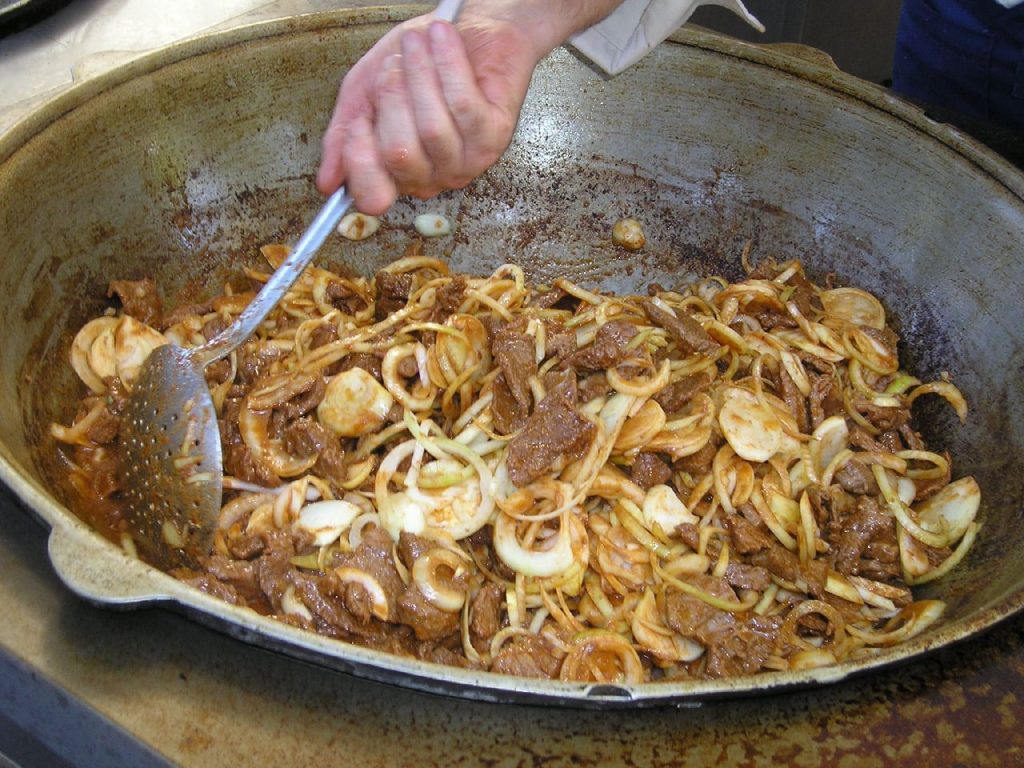Food and culture
-
Kumis
The main meal of every dastarkhan and one of the most delicious for Kazakh people was Kazakh style cooked meat. Boiled meat was served in large uncut pieces. The host was cutting the meat himself and treat every guest: pelvic bones and shank for honourable old people, brisket for son-in-law or daughter-in-law, neck-bone for girls and so on. The most honorable guest received particular method cooked head of the ram. The guest should part the head between people around the dastarkhan obeying to ancient ritual showing respectful attitude to guests, old people, kids, near and far relations. The delicious aromatic meat was eaten with thin boiled pieces of pastry. Excellent addition to this dish was rich flavoured meat bouillon - sorpa, served in phials. Kumiss and tea were the last dishes of the meal.

-
Beshbarmak
Beshbarmak is the traditional food of the nomadic tribes who lived on the territory of the Central Asia, mainly kazakhs and kyrgyzs. The translation of the word Besbarmak is "five fingers". In the kazakh cuisine this dish is mainly made from the horse meat. However, nowadays people adapted the dish to their own tastes using all other types of meat as well as camel meat, chicken and even fish. They add certain types of spices that originally did not exist in the local cuisine.

-
Baursak
Baursak is a delicious puffy fried bread served on special occasions all over Kazakhstan. This isn't an everyday bread, but something for an important party, like a wedding, or even a memorial.

-
Manty
In Kazakh cuisine, the manti filling is normally ground lamb (sometimes beef or horse meat), spiced with black pepper, sometimes with the addition of chopped pumpkin or squash. This is considered to be a traditional Uyghur recipe. Manti are served topped with butter, sour cream or an onion sauce or garlic sauce. When sold as street food in Kazakhstan, manti are typically presented sprinkled with hot red pepper powder.

-
Kuirdak
According to tradition, the Kuyrdak is prepared at the time of the young ram's killing. While the man cleans and cuts the flesh of the beast just killed; the woman is busy using the entrails to prepare lunch. In Europe, the entrails of the ram are hardly available; I then describe the ingredients of the preparation with generic interior (if you really want to experiment the recipe, you can use the bovine entrails).

. this was the point